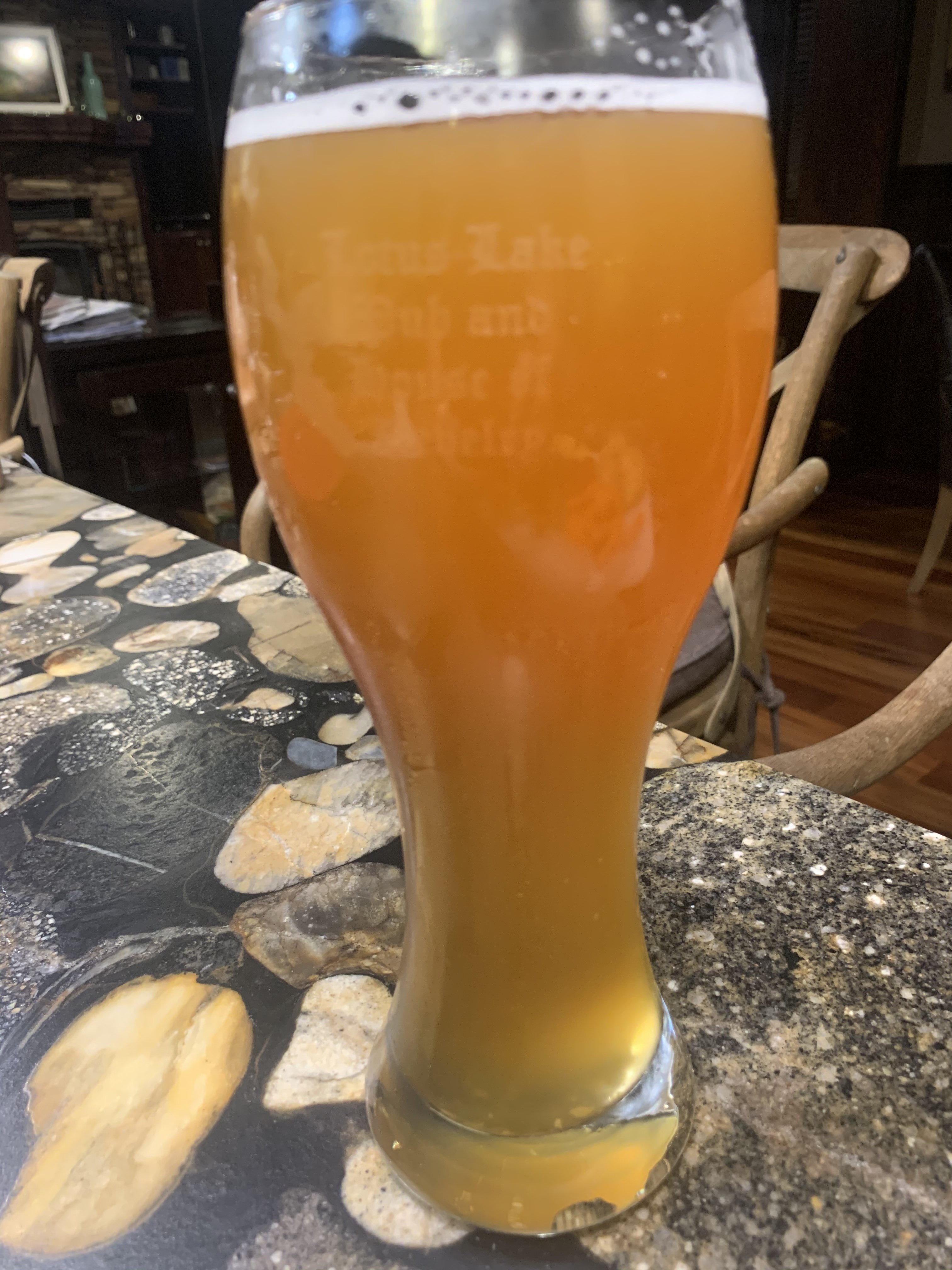- Joined
- Nov 24, 2017
- Messages
- 171
- Reaction score
- 84
So I am going to brew a Bells Oberon clone. If you don't know Bells Oberon, it's a very highly rated American wheat beer. Bells is kind enough to share their recipe, so I know the ingredients they use. They even share the Kalamazoo city water profile, but it looks way off for brewing as is. Even Beersmith shows a warning "Very Malty" for the water profile. I have sent an Email to see if they will tell me what they may do to treat the water for use, but not sure I will get anything from them on that. How do you decide on a water profile to use for brewing. I start with distilled water, so I definitely need to add to it, but I'm not sure what to try to create as the profile. There are a ton of water profiles in Beersmith I could choose, but I am trying to create the clone as close as possible to the original.
Any suggestions on how to proceed?
Any suggestions on how to proceed?

















































![Craft A Brew - Safale S-04 Dry Yeast - Fermentis - English Ale Dry Yeast - For English and American Ales and Hard Apple Ciders - Ingredients for Home Brewing - Beer Making Supplies - [1 Pack]](https://m.media-amazon.com/images/I/41fVGNh6JfL._SL500_.jpg)







